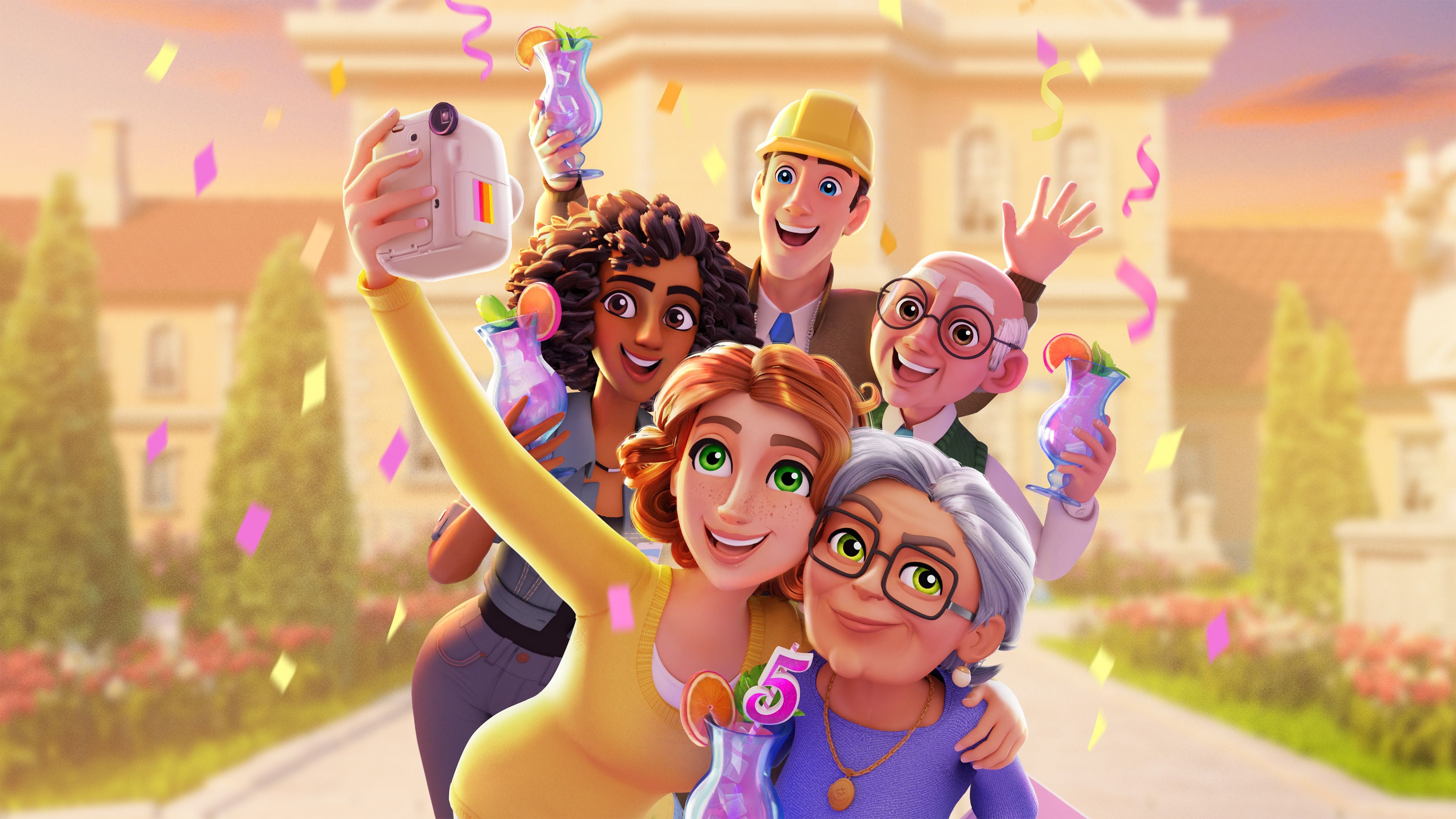
Fair game – women play, but who calls the shots?


What comes to mind when you think of someone who plays games? Gaming chairs and setups, energy drinks, LED lights, headsets—and men. This has long been the stereotypical image associated with games.
Yet, here’s the reality: women play games too! In fact, the majority of casual game audiences are women. Mobile games, in particular, are played predominantly by women, many of whom definitely don’t identify with any of the stereotypes mentioned above.
While us women play and spend on games, who creates the worlds we immerse ourselves in?
Despite women being active players, the games they play are rarely built by them – or about them. The latest GDC State of the Industry Report revealed that only 25% of the games workforce are women. We already know that representation matters in every aspect of society, including the widely consumed entertainment industry, whether in TV, film, or literature, and games are no different.
Diversity in game development leads to richer, more inclusive experiences, enjoyed by an even broader audience of players and fans. However, a lack of diversity can result in the over-sexualization or sidelining of female characters, limited narratives that primarily cater to male audiences, and a narrower range of themes and storytelling, which reinforce harmful stereotypes and lead to missed opportunities for innovation.
Recognizing women’s role in games isn’t just about representation, because what we see today helps shape who belongs in the industry tomorrow.
At Metacore, 36% of us identify as women, working across all company functions from game design and development to leadership positions and talent acquisition roles. I didn’t come to Metacore from a game industry background either. As a former creative copywriter who worked with global consumer brands, I’ve always drawn inspiration from movies, TV, and pop culture. And I believe my experience contributes to how Merge Mansion’s story is told: a game that plays like a soap opera meets Netflix series, full of cinematic twists, turns, and juicy cliffhangers.
But it’s not just about who makes the games – it’s also about who we’re invited to relate to and connect with.
Merge Mansion stands out not just for having a strong female protagonist, but two, which is rare in mobile gaming. Added to that, our multi-generational storytelling sets us apart, creating a deeper, more inclusive experience. The game’s fierce, unapologetic leading duo is known for their deep, layered personalities, a knack for being the talk of the town, and dialogue that plays out like an endless ping-pong match. (Safe to say that not passing the Bechdel test has never been our concern…)
To put it simply, we need women as players, as characters, and as creators shaping game narratives. More women in game development means more diverse perspectives, richer storytelling, and greater innovation.
It’s not just important for women to see themselves represented in the games they love – it’s also valuable for men to experience stories from a new perspective. Stepping into someone else’s shoes, even in a game, can broaden one’s horizons and provide new perspectives on both games and everyday life.
Moreover, the business case for representation is compelling. Women influence 70–80% of household purchases, including entertainment choices. So, having more inclusive and representative games is not only socially important, it’s economically valuable as well.
In the end, diverse gaming experiences benefit not just players, but the entire game industry and society as a whole.
Related content

